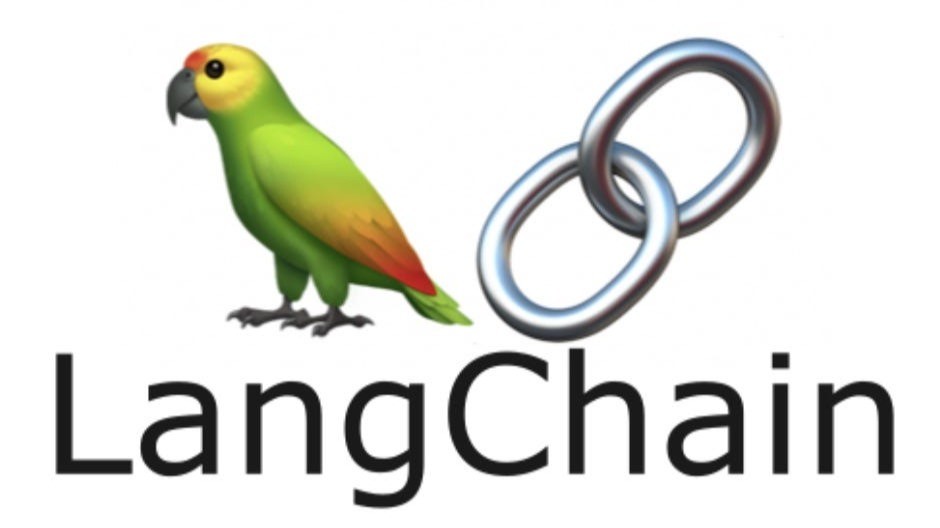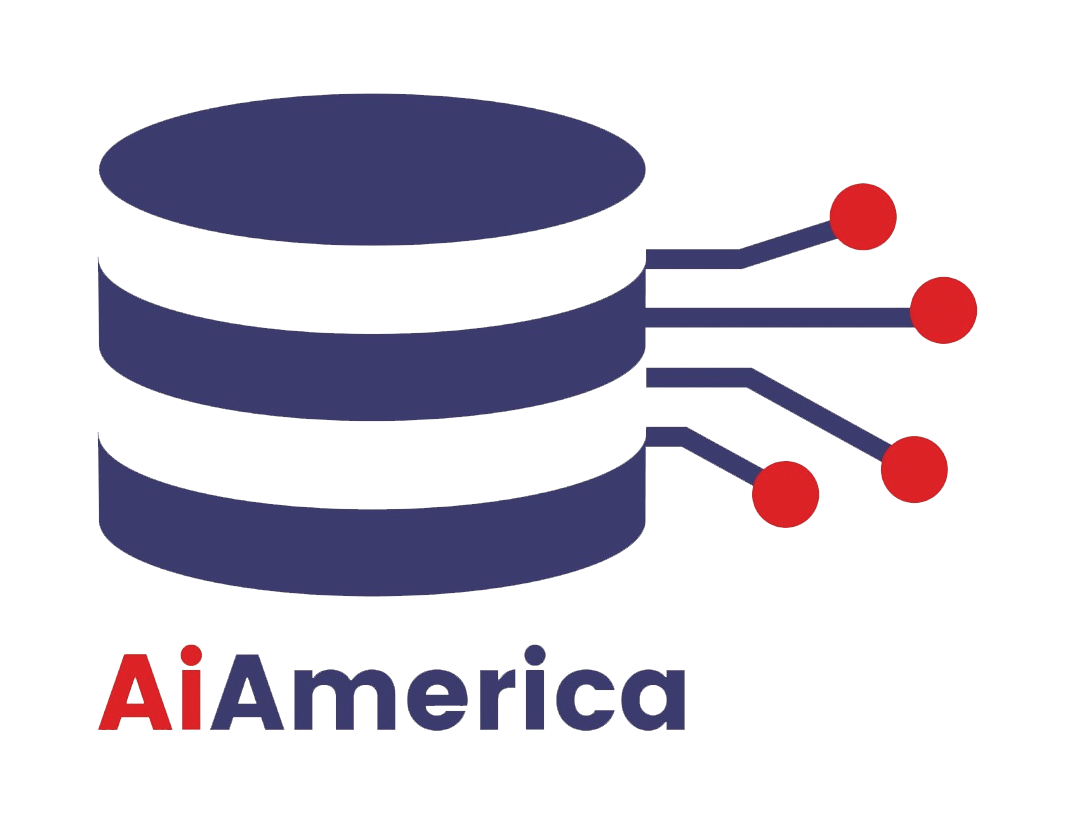
LangChain is an open-source, modular framework designed to simplify the development of applications powered by large language models (LLMs) like GPT, Claude, and others. It acts as a central hub that connects language models with external data sources and tools, enabling developers to build complex, context-aware AI applications efficiently.
What is LangChain?
At its core, LangChain helps developers go beyond simple LLM API calls by orchestrating multi-step workflows and augmenting language models with real-time data access. It provides standardized interfaces to integrate chat models, embeddings, vector stores, databases, and external APIs — all essential for creating intelligent applications that are dynamic, reliable, and flexible.
Key Components of LangChain
- Chains
Chains are sequences of actions that process user input through multiple steps. Each step (or link) can query an LLM, manipulate data, call APIs, or interact with other modules. Chains can be simple (single-step) or complex multi-step workflows, allowing for modular, reusable AI pipelines. - Prompt Management
LangChain enables sophisticated prompt engineering via templates that structure and customize inputs to LLMs. This helps developers control model behavior and ensures consistent, high-quality responses. - Agents
Agents are autonomous systems that decide on the best sequence of actions to fulfill user requests. Leveraging LLMs for decision-making, agents can dynamically call APIs, query databases, and handle complex workflows, making AI applications more interactive and adaptable. - Vector Databases & Retrieval
LangChain integrates with vector stores to perform semantic similarity searches. Queries are converted to embeddings (vectors) and matched against stored data to retrieve contextually relevant information, vital for retrieval-augmented generation and knowledge-based applications. - Model Agnosticism
The framework supports a wide array of LLMs, such as OpenAI’s GPT, Anthropic’s Claude, Hugging Face models, and others. This flexibility allows developers to select the best models for their use cases without changing the workflow. - Memory Management
LangChain supports memory components that enable models to remember past interactions, crucial for building conversational agents with continuity over multiple turns. - Callbacks and Monitoring
Developers can instrument their LangChain pipelines with callbacks for logging, error handling, and real-time monitoring to improve debugging and operational reliability.
How LangChain Works: A Typical Workflow
- A user submits a query or request.
- The system converts the query into a vector embedding to perform similarity searches in a vector database.
- Relevant documents or data snippets are retrieved as context.
- The language model processes the query along with the retrieved context to generate a coherent response or take actions.
- Agents may dynamically route tasks or invoke APIs depending on the complexity of the request.
- Memory modules track prior conversation context for richer interactions.
Common Use Cases
- Customer Service Bots: Chatbots powered by LangChain integrate up-to-date knowledge bases and maintain dialogue context for personalized user support.
- Document Analysis: Automated summarization, question answering, and extraction from large text corpora for research, legal, or financial applications.
- Workflow Automation: Agentic AI systems automate complex sequences like scheduling, email management, and task execution using decision-making embedded in LangChain agents.
- Code Generation: Leveraging LLMs for coding tasks such as auto-completion, debugging, and software development automation.
- Data Analysis: Connecting language models to data sources to generate natural language insights and reports.
Benefits of Using LangChain
- Modularity: Developers can easily compose and reuse components, speeding up development.
- Flexibility: Supports multiple LLMs and can integrate varied external data sources and APIs.
- Scalability: Handles simple queries and complex multi-step reasoning alike.
- Context Awareness: Memory and retrieval modules allow maintaining relevant context over interactions.
- Rich Ecosystem: Supported by an active community and continually expanding integrations.
In summary, LangChain empowers developers to unlock the full potential of large language models by connecting them with the tools and data necessary for real-world AI applications. It advances beyond straightforward text generation to build dynamic, intelligent systems capable of complex reasoning, decision-making, and real-time knowledge integration.









